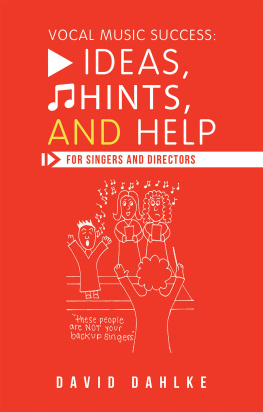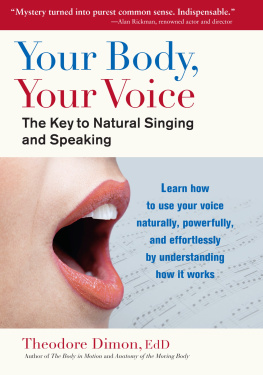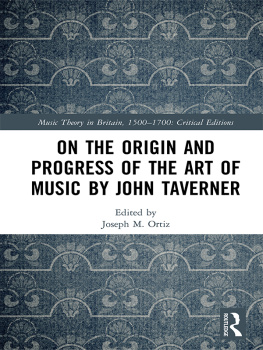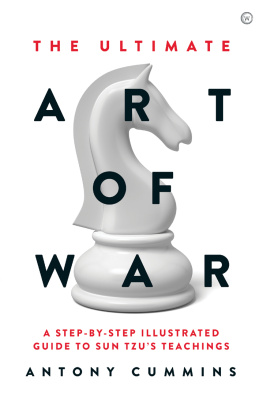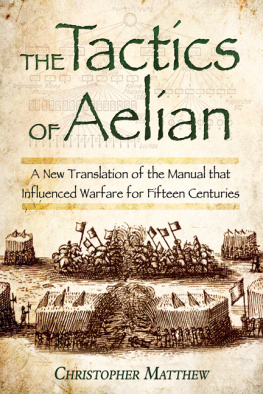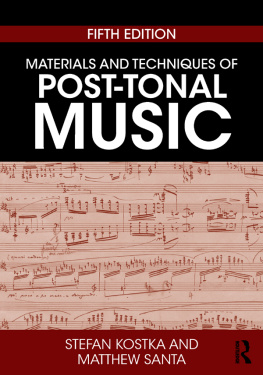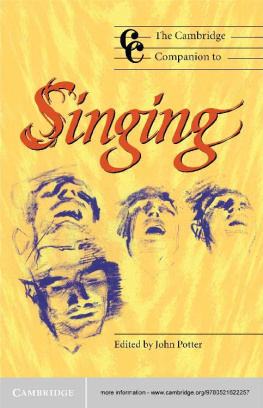Contents
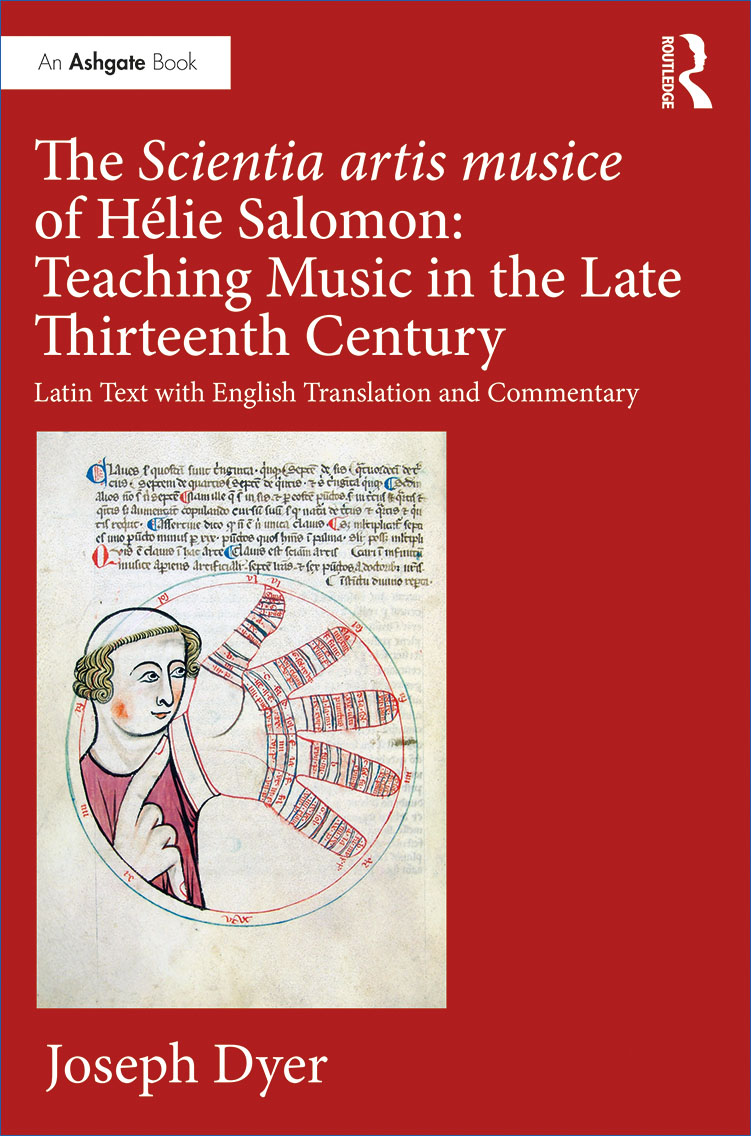
The Scientia artis musice of Hlie Salomon: Teaching Music in the Late Thirteenth Century
The sole surviving copy of the medieval music treatise, Scientia artis musice, written by Hlie Salomon and dated precisely to the year 1274, is the original manuscript presented to Pope Gregory X. This unique manuscript remained hidden in an ecclesiastical archive at Lyon, the city where the treatise was presented to the pope, until it was discovered in the early seventeenth century and transported to Milan by an agent of Cardinal Federico Borromeo. The treatise is a practical manual devoted to basic concepts: the structure of the tonal system, psalmody, vocal pedagogy, the musical (Guidonian) hand, clefs as indicators of the tone (mode) to which a piece belongs, and practical instruction in the singing of four-voice parallel organum. Although Hlie Salomon denounces whatever he regards as abuses that deviate from traditional practice (condemned as falsa musica), he is not above proposing radical ideas of his own. Found throughout the treatise are many digressions that reveal aspects of how the author thought chant ought to be performed, in particular, free from rhythmic influences derived from the mensural system. Joseph Dyer presents the first complete modern edition of Salomons treatise with an English translation accompanied by a comprehensive introduction and commentary. This edition corrects errors in the 1784 edition of Martin Gerbert, and it includes the music of chants omitted by Gerbert from the tonary. It also makes available for the first time reproductions in colour of the eight illustrations in the treatise that are essential to its understanding.
Joseph Dyer taught music history at the University of Massachusetts Boston until his retirement in 2001. He has published about a hundred articles, book chapters, and encyclopedia entries on topics relating to the chant and liturgy of Late Antiquity and the Middle Ages (especially Rome), psalmody, monasticism, performance practice, medieval music theory, and music in the intellectual life of the Middle Ages. He is an Associate of the American Guild of Organists and a Fellow of the Royal School of Church Music.
The Scientia artis musice of Hlie Salomon: Teaching Music in the Late Thirteenth Century
Latin Text with English Translation and Commentary
Joseph Dyer

First published 2018
by Routledge
2 Park Square, Milton Park, Abingdon, Oxon OX14 4RN
and by Routledge
711 Third Avenue, New York, NY 10017
Routledge is an imprint of the Taylor & Francis Group, an informa business
2018 Joseph Dyer
The right of Joseph Dyer to be identified as author of this work has been asserted by him in accordance with sections 77 and 78 of the Copyright, Designs and Patents Act 1988.
All rights reserved. No part of this book may be reprinted or reproduced or utilised in any form or by any electronic, mechanical, or other means, now known or hereafter invented, including photocopying and recording, or in any information storage or retrieval system, without permission in writing from the publishers.
Trademark notice: Product or corporate names may be trademarks or registered trademarks, and are used only for identification and explanation without intent to infringe.
British Library Cataloguing-in-Publication Data
A catalogue record for this book is available from the British Library
Library of Congress Cataloging-in-Publication Data
A catalog record for this book has been requested
ISBN: 978-1-138-28166-0 (hbk)
ISBN: 978-1-315-27100-2 (ebk)
Typeset in Times New Roman
by codeMantra
To Michael Bernhard
on the occasion of his retirement from the
Musikhistorische Kommission of the
Bavarian Academy of Sciences
Tables
Music examples in the commentary
| AH | Analecta hymnica medii aevi. 18861915. Edited by Guido Maria Dreves, Clemens Blume and Henry Marriott Bannister, 55 vols. (Leipzig: Fuess Verlag [R. Reisland]). Register. Edited by Dorothea Baumann and Max Ltolf, 3 vols. Bern: Francke (also available online). |
| AM | Antiphonale Monasticum pro diurnis horis. 1934. Tournai: Descle. |
| AR | Antiphonale sacrosanctae Romanae ecclesiae pro diurnis horis. 1949. Tournai: Descle. |
| ASar | Antiphonale Sarisburiense. 19011902. Edited by Walter Howard Frere, 6 vols. London: Plainsong and Mediaeval Music Society. |
| Bosse | Detlev Bosse. Untersuchungen einstimmiger mittelalterlicher Melodien zum Gloria in excelsis deo. 1955. Regensburg: Bosse. |
| BSHAP | Bulletin de la Socit historique et archologique du Prigord. |
| CAO | Corpus Antiphonalium Officii. 19631979. Edited by Ren-Jean Hesbert, 6 vols. Rome: Herder. |
| CHA | Antiphonale missarum sancti Gregorii, Xesicle: Codex 47 de la Bibliothque de Chartres [PM 11]. |
| CS | Scriptorum de Musica nova series. 18641876. Edited by Edmond de Coussmaker, 4 vols. Paris: V. Didron [repr. 1963]. |
| CSM | Corpus Scriptorum de Musica. |
| D-S (A) | Lszl Dobszay and Janka Szendrei. 1999. Antiphonen. 3 vols., Monumenta Monodica Medii Aevi 5. Kassel: Brenreiter. |
| D-S (R) | Lszl Dobszay and Janka Szendrei with Beta Meszna. 2013. Responsories, 2 vols. Budapest: Balassi Kiad. |
| Eifrig-Pfisterer | William Eifrig and Andreas Pfisterer, eds. 2006. Melodien zum Ite missa est und ihre Tropen, Monumenta Monodica Medii Aevi 19. Kassel: Brenreiter. |
| GB | Le Codex VI.34 de la Bibliothque Capitulaire de Bnvent (XIe-XIIesicle): Graduel de Bnvent avec prosaire et tropaire [PM 15]. |
| GR | Graduale Romanum sacrosanctae Romanae ecclesiae de tempore et de sanctis. 1956. Tournai: Descle. |
| GS | Martin Gerbert. Scriptores Ecclesiastici de Musica Sacra potissimum. 1784. 3 vols. Sankt-Blasien, 1784 [repr. 1963]. |
| GSar | Graduale Sarisburiense. 1894. Edited by Walter Howard Frere. London: Bernard Quaritch, for the Plainsong and Mediaeval Music Society. |
| LA | Antiphonaire monastique, XIIesicle: Codex 601 de la Bibliothque Capitulaire de Lucques. [PM 9]. |
| Landwehr-Melnicki | Margaretha Landwehr-Melnicki. 1955. Das einstimmige Kyrie des lateinischen Mittelalters. Regensburg: Bosse. |
| LH | Liber Hymnarius cum invitatoriis et aliquibus responsoriis. 1983. Solesmes. |
| LML | Michael Bernhard, ed. 19922017. Lexicon Musicum Latinum medii aevi: Wrterbuch der lateinschen Musikterminologie des Mittelalters bis zum Ausgang des 15. Jahrhunderts. Munich: Bayerische Akademie der Wissenschaften. |
| LR | Liber responsorialis pro festis I. classis et communi sanctorum juxta ritum monasticum. 1895. Solesmes. |
| LU | Liber Usualis |


